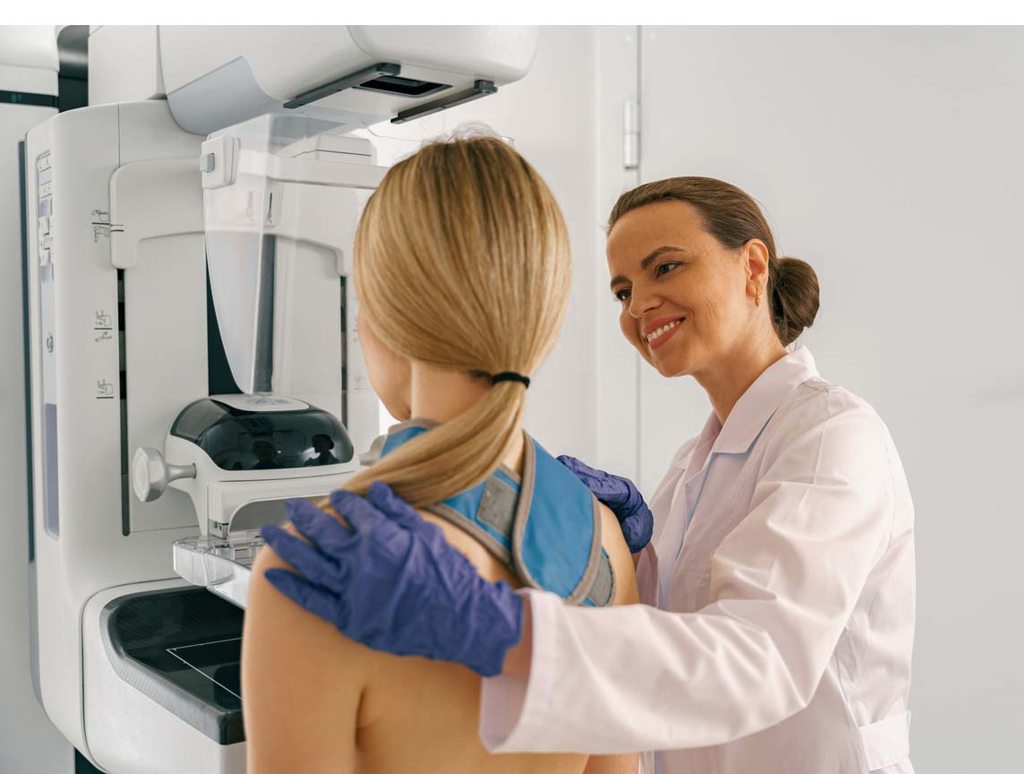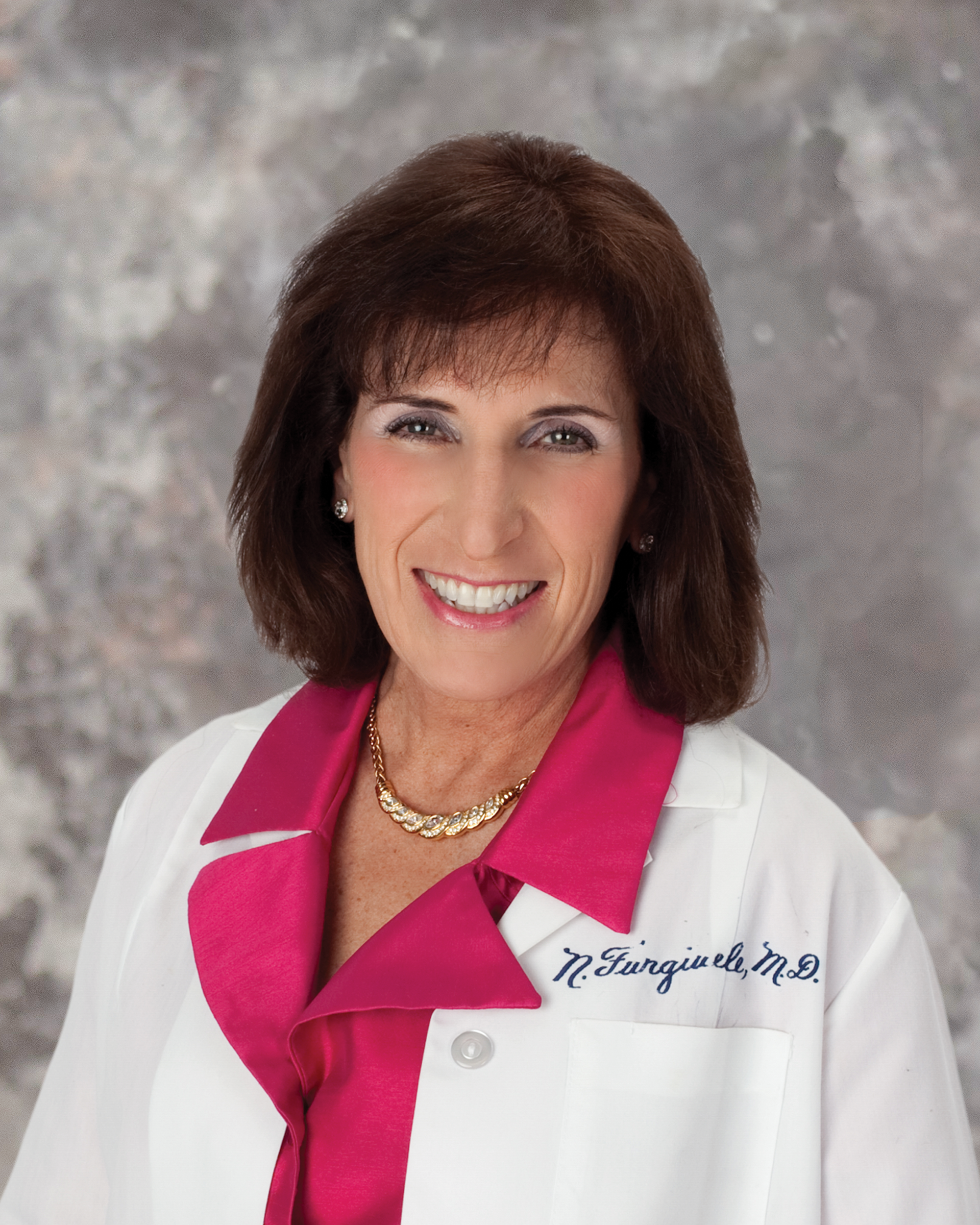Have you had your annual mammogram? It Could Save Your Life!

Mammograms save lives! While screenings do not prevent breast cancer, they can help doctors find it as early as possible when it’s easier to treat. A mammogram can sometimes find signs of breast cancer up to three years before it can be felt, and they have helped reduce the breast cancer mortality rate in the U.S. by nearly 40% since 1990.
October is Breast Cancer Awareness Month, an opportunity to remind all women to schedule their annual mammogram.
What is a mammogram?
A mammogram uses a safe, low-dose x-ray to take an image of the breast tissue. During the screening, a woman stands in front of an x-ray machine and places her breast on a plastic plate. Another plate presses on the breast from above, flattening it and spreading the tissue apart. The technologist will take an image of the front and side of each breast. A radiologist will examine the images looking for abnormal areas such as calcifications, masses, asymmetries and distortions. If you have had previous mammograms, the radiologist will also look for changes to the tissue that have occurred since your last screening.
“Mammograms are one of the best lines of defense in the fight against breast cancer,” said Suzanne Iorfido, DO, a Breast Radiologist who specializes in breast imaging and intervention with Penn Highlands Healthcare. “Women should not delay or miss their annual screening mammograms. Missing just one mammogram can increase the risk of finding breast cancer at a more advanced stage.”
When should mammograms begin?
According to the American College of Radiology (ACR) and Society of Breast Imaging (SBI), women should begin screening mammograms at age 40 or sooner if they are experiencing a problem or have a strong family history of breast cancer.
According to the ACR, women who do not begin annual mammograms starting at age 40, increase their chances of dying from breast cancer and the likelihood they will experience more extensive treatment for any cancers found.
Can mammograms detect cancer in dense breasts?
As technology advances, mammograms are becoming an even more effective tool in detecting cancer. Through the use of breast density assessment technology, radiologists can now identify cancer in women with dense breasts.
“Nearly half of all women have dense breasts, which can make it harder to find cancer on a mammogram,” said Dr. Iorfido. “Breast density reflects the amount of fibrous and glandular tissue in a woman’s breasts compared with the amount of fatty tissue in the breasts, as seen on a mammogram.”
While dense breast tissue is normal, it can only be identified by a mammogram. Dense tissue appears white on the screen while fatty tissue appears as a black image.
Penn Highlands Healthcare is in the process of introducing the breast density assessment technology at its breast imaging facilities. The software enables radiologists to objectively measure breast density and assess a woman’s individual risk of breast cancer from the images. It helps identify those who may benefit from additional screening.
“This new technology is a great addition to our breast program,” said Dr. Iorfido. “This innovative software will ultimately give patients more information regarding their breast health and how to best undergo optimal annual screening, which may include annual ultrasound and MRI in addition to mammography.”
Are self-examinations effective?
Self-breast exams also are important. Women who examine their breasts regularly, learn what is normal for them and can usually identify when changes occur.
“I encourage women to have their annual mammograms,” said Natalie Furgiuele, MD, a breast surgeon with Penn Highlands Healthcare and Director of the Penn Highlands Mon Valley Breast Program. “When the first presentation is a lump that a woman feels, 50% of those are breast cancer; therefore, outcomes are better when a mass is found through imaging before it is large enough to feel.”
Penn Highlands Healthcare offers state-of-the-art mammogram technology in private and comfortable settings at its hospitals as well as at community medical buildings throughout Pennsylvania.


